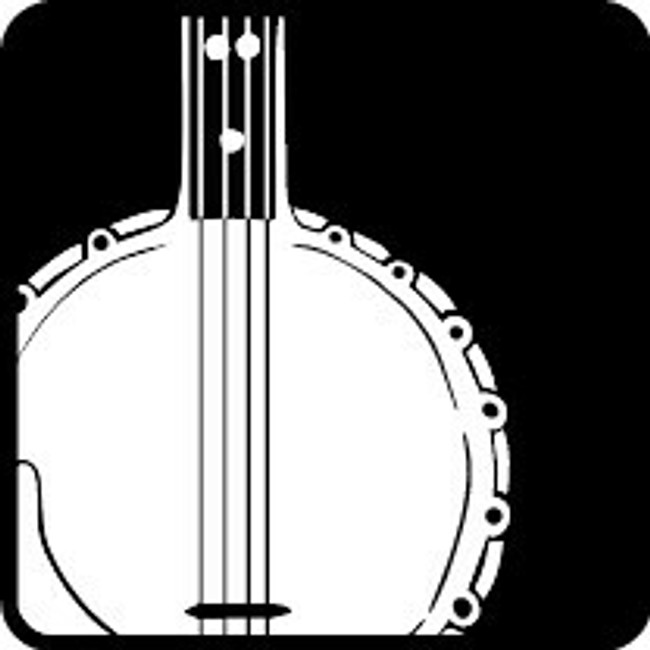There are no products listed under this category.
- Home
- Strings by Instrument
- Folk & World Strings
- Sitar Strings
- Home
- Strings by Instrument
- Folk & World Strings
- Sitar Strings

Sitar Strings
The sitar, pronounced /ˈsɪtɑːr/ or /sɪˈtɑːr/, is a plucked stringed instrument from the Indian subcontinent, deeply rooted in Hindustani classical music. Its roots trace back to medieval India, experiencing a period of flourishing during the 18th century before arriving at its modern form in 19th-century India. Khusrau Khan, a prominent figure of the 18th-century Mughal Empire, is credited by contemporary scholarship as the inventor of the sitar. Most historians suggest that he derived the sitar from the setar, an Iranian instrument of Abbasid or Safavid origin. However, a minority view supported by some scholars posits that Khusrau Khan developed it from the Veena.
Widely embraced across the Indian subcontinent, the sitar gained global recognition through the pioneering works of Ravi Shankar in the late 1950s and early 1960s. The emergence of Psychedelic culture in the mid- to late 1960s further propelled the sitar into Western popular music. It became a hallmark instrument in tracks by renowned bands such as the Beatles, the Doors, and the Rolling Stones.